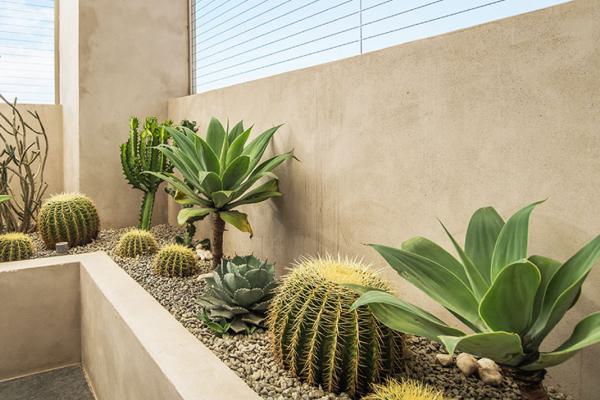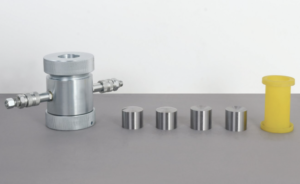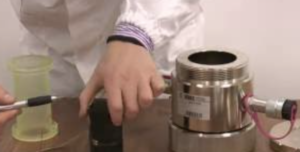How Can Soil pH Tests Enhance the Health of Landscape Trees and Shrubs?
The secret to thriving trees and shrubs in any landscape doesn’t just lie in sunlight or water—it’s often hidden in the soil’s pH level1. Soil pH directly affects how well roots absorb nutrients, influencing everything from foliage color to disease resistance. With a simple pH test, gardeners and landscapers can unlock insights that help prevent hidden stress in their woody plants and promote healthier, more vigorous growth2.
Ideal pH Ranges for Different Landscape Woody Plants
Not all trees and shrubs like the same kind of soil. Some prefer acidic conditions, while others thrive in more alkaline environments. Knowing the ideal pH range3 for specific species allows for more informed plant selection and placement.
Common pH Preferences
| Plant Type | Preferred pH Range |
|---|---|
| Azaleas, Rhododendrons | 4.5 – 6.0 (acidic) |
| Hydrangeas (blue-flowered) | 5.0 – 5.5 |
| Boxwoods, Privet | 6.5 – 7.5 (neutral–alkaline) |
| Oaks (White, Pin) | 5.0 – 6.5 |
| Maples (Red, Sugar) | 6.0 – 7.0 |
| Junipers and Arborvitae | 6.0 – 8.0 |
By matching your plant choices to the soil’s natural pH, you reduce transplant stress and long-term maintenance.

Testing Methods to Accurately Determine Soil pH in Gardens
Before amending or planting, it’s essential to accurately test the soil pH4. Testing helps identify areas where pH may be too high or too low for desired tree and shrub species.
Popular Testing Methods:
- Home pH Test Kits: Affordable, basic results for general gardening use.
- Digital pH Meters: Provide more precise readings with easy-to-read displays.
- Laboratory Soil Tests: Offer the most reliable results, including buffer pH and amendment recommendations.
How to Collect a Soil Sample:
- Use a clean trowel to dig 4–6 inches deep around the plant root zone.
- Collect 4–6 samples across the site and mix them.
- Allow the soil to dry and remove debris before testing.
| Method | Accuracy | Ease of Use | Best For |
|---|---|---|---|
| Home Test Kit | Moderate | Easy | Routine checks in small yards |
| Digital Meter | High | Moderate | Regular use in varied sites |
| Lab Test | Very High | Requires mailing | Landscape planning, diagnosis |
Regular testing ensures your trees and shrubs are growing in a pH zone that supports nutrient uptake and microbial health.

The Impact of Incorrect pH on Tree and Shrub Root Development
Even if your trees and shrubs look fine above ground, incorrect pH may be silently stunting root growth or causing nutrient lockout5. Most nutrients are only available to plants within a specific pH window6.
Common Problems Caused by Improper pH:
- Iron Chlorosis (yellowing leaves with green veins) in high-pH soils
- Stunted growth due to phosphorus or calcium deficiencies
- Poor flowering or fruiting in overly acidic or alkaline soils
- Weakened root systems vulnerable to pests and drought
| pH Problem | Symptom in Plants | Likely Cause |
|---|---|---|
| Too Acidic (7.5) | Pale leaves, poor root growth | Iron/zinc deficiency |
Correcting soil pH can be the difference between thriving trees and struggling ones.

Adjusting Soil pH to Promote Robust Growth of Landscape Woody Plants
Once soil pH is tested, adjustments can be made to bring levels into the optimal range for your specific trees and shrubs.
How to Lower Soil pH (Make More Acidic):
- Elemental sulfur: Slow-acting, long-lasting
- Ammonium sulfate: Fast-acting, also adds nitrogen
- Acidic mulch: Pine needles, oak leaves
How to Raise Soil pH (Make More Alkaline):
- Lime (Calcium carbonate): Most common and cost-effective
- Dolomitic lime: Also adds magnesium
- Wood ash: Natural, but must be applied cautiously
| Soil Type | Amendment | Effect |
|---|---|---|
| Acidic clay | Garden lime | Raises pH slowly, long-term |
| Sandy, low pH | Dolomitic lime | Adds both Ca and Mg |
| Alkaline loam | Elemental sulfur | Lowers pH gradually |
Apply amendments based on soil test recommendations, and always re-test after a season to monitor results.

Conclusion
Soil pH testing is a simple but powerful tool in nurturing healthy landscape trees and shrubs7. By understanding your soil’s natural chemistry, selecting compatible plants, and making targeted adjustments, you create a foundation for lush, long-lasting growth8. In the end, healthy roots9 equal a thriving landscape—and it all starts with pH.
-
Understanding soil pH is crucial for optimizing plant health and growth. Explore this link to learn more about its impact on your garden. ↩
-
Discover effective strategies to enhance plant growth and vitality. This resource offers valuable tips for gardeners and landscapers. ↩
-
Understanding the ideal pH range for plants can help you choose the right species for your garden, ensuring healthy growth and vibrant blooms. ↩
-
Understanding soil pH is crucial for healthy plant growth. Explore this resource to learn effective testing methods and improve your gardening success. ↩
-
Understanding these effects can help you optimize plant health and improve your gardening techniques. ↩
-
Exploring this topic can enhance your knowledge of soil management and plant nutrition. ↩
-
Explore this resource to learn effective techniques for nurturing trees and shrubs, ensuring a vibrant and sustainable landscape. ↩
-
Discover strategies for promoting lush, long-lasting growth in your garden, enhancing its beauty and health. ↩
-
Understanding the significance of healthy roots can transform your gardening approach, leading to more robust plants. ↩







